The early Bitcoin boom looked like a digital gold rush, but behind the headlines, it was a brutal business: energy-hungry rigs, sudden price crashes, and a hash-rate dominated by Chinese players that undercut everyone with cheap electricity. When Beijing’s crackdown upended the global mining map and investors panicked, one tiny U.S. operator saw opportunity in the chaos.
📊 Snackable Stat: 24%: In 2020, North Dakota accounted for nearly a quarter of all U.S. vented and flared natural gas, roughly 1.15 billion cubic feet per day.
Applied Digital’s founders realized that converting this “stranded” energy into electricity could power data centers at a fraction of grid prices. It turned a climate liability into the cornerstone of a multi-billion-dollar business.
Here’s what you’ll learn:
Why Bitcoin mining was unsustainable and how China’s dominance and extreme price swings made profits unpredictable.
How stranded natural gas became a competitive moat for Applied Digital and why North Dakota’s regulatory environment made the model possible.
How pivoting to high-performance computing (HPC) and AI leases created stable long-term cash flows and insulated the company from crypto volatility.

When the Gold Rush Goes Bust
The crypto boom of 2020–21 attracted miners worldwide, but the economics were brutal. Chinese companies leveraged ultra-cheap electricity to control roughly two-thirds of global Bitcoin mining by April 2020. This dominance left little room for U.S. competitors and concentrated environmental impacts. Meanwhile, Bitcoin's price was a roller coaster. The token peaked at $64,895 on April 14, 2021, only to collapse by more than 50% to around $30,000 by mid-July. Such volatility made returns unpredictable and wreaked havoc on balance sheets.
The energy footprint was also staggering. In 2023, the Cambridge Bitcoin Electricity Consumption Index estimated that Bitcoin mining consumed 67–240 TWh of electricity, equal to 0.2–0.9% of global power demand, roughly the annual electricity use of Greece or Australia. When Beijing cracked down on crypto mining, the global hash rate reshuffled overnight. The U.S. share of Bitcoin mining surged from around 7% in April 2020 to 35% by late 2021, capturing miners fleeing China's crackdown. Yet many American miners still struggled because they bought power at market rates or signed short-term supply contracts. To survive, they needed a cheaper, more reliable energy source and a way to smooth out crypto's boom and bust cycles.
In Partnership With
Turn AI into Your Income Engine
Ready to transform artificial intelligence from a buzzword into your personal revenue generator? Our groundbreaking guide "200+ AI-Powered Income Ideas" is your gateway to financial innovation in the digital age.
Inside you'll discover:
A curated collection of 200+ profitable opportunities spanning content creation, e-commerce, gaming, and emerging digital markets—each vetted for real-world potential
Step-by-step implementation guides designed for beginners, making AI accessible regardless of your technical background
Cutting-edge strategies aligned with current market trends, ensuring your ventures stay ahead of the curve

Overlooked Assets to Applied Advantage
Applied Digital's founders saw two overlooked assets in North Dakota that others missed.
First, they turned flaring into fuel. In 2020, North Dakota flared about 1.15 billion cubic feet of natural gas per day, equal to 24% of the U.S. total. This gas had little market value because pipeline capacity was scarce. By building data centers next to oil fields, Applied Digital could capture gas that would otherwise be burned and convert it into low-cost electricity. Globally, gas flaring still wastes around 148 to 151 billion cubic meters per year, showing the scale of untapped opportunity.
The next move was leveraging cheap power to diversify. In 2021, the company raised $16.5 million and began building GPU-based mining facilities. When China banned crypto mining shortly afterward, Applied moved fast. Within 24 months, the company energized nearly 500 MW of capacity across North Dakota data centers. But management recognized the risk of relying solely on volatile crypto markets. In August 2022, the company rebranded from Applied Blockchain to Applied Digital and announced plans to build proprietary data centers for high-performance computing and AI workloads. The first HPC facility went live in May 2023.
By combining abundant flared gas, cool climates that reduce cooling costs, and purpose-built infrastructure designed for high-density compute, Applied Digital created a platform positioned to capture growing demand for AI infrastructure—not just another Bitcoin mining operation.

The $11B Payoff: From Mining Operations to AI Landlord
The strategy paid off. In June 2025, Applied Digital signed a 15-year lease with AI infrastructure firm CoreWeave to supply 250 MW of critical IT load. The deal is worth $7 billion and includes fixed annual escalators. In August, CoreWeave exercised its option for an additional 150 MW, bringing total contracted revenue to roughly $11 billion. The leased campus at Ellendale can scale up to 400 MW, and these long-term contracts provide predictable cash flow regardless of Bitcoin prices—turning the business model from speculative mining into stable infrastructure.
Applied Digital also announced plans for Polaris Forge 2, a $3 billion, 280 MW AI factory in Harwood, North Dakota. The facility spans 900 acres and is designed for future expansion. According to the company's white paper, locating data centers in North Dakota's cool climate with low-cost electricity could save customers up to $2.7 billion over a 30-year lease compared to traditional locations.
The market rewarded the transformation. Applied Digital's stock surged more than 200% over the past year, far outpacing broader indices. This growth reflects a larger trend: the global data center industry is projected to grow from $269.79 billion in 2025 to $584.86 billion by 2032, an 11.7% compound annual growth rate, with North America accounting for around 39% of the market. By securing cheap power and building in a state eager for growth, Applied Digital positioned itself to capture a significant share of this expansion.
The lesson is clear: in a world of fleeting crypto trends, lasting value comes from solving real problems like energy waste and building infrastructure that others depend on.
Here are the takeaways you can apply…
Find the value in wasted resources. Look for waste streams, byproducts, or overlooked assets in your industry that competitors ignore. The best arbitrage opportunities often hide in plain sight.
Diversify when you’re strong, not when you’re desperate. Don't wait for a crisis to diversify your customer base or revenue streams. Use cash flow from today's business to fund tomorrow's opportunities.
Long-Term Contracts Often Beat Short-Term Hype. When your industry faces uncertainty, prioritize recurring revenue and multi-year agreements over short-term gains—even if it means accepting lower per-unit prices.


Lighthouse is the leading newsletter for CEOs, COOs, CIOs, and Transformation Leaders focused on achieving success in the digital age. Join over 40,000 subscribers who gain insights into proven AI frameworks, high-ROI strategies with minimal risk, and leadership approaches that empower teams to excel in the age of AI.

🍫 Power Numbers
200%+ - How much the stock has surged over the last year.
1 GW - The expansion capacity of Ellendale's Polaris Forge 1
$584.86B - The estimated value of the global data‑center market by 2032 at an 11.7% CAGR.
24 Months - How fast Applied Digital brought 500 MW of data‑center capacity online.
$11B - The anticipated revenue from the lease with AI infrastructure provider CoreWeave.

🍭 More Sweet Reads
Considering leaving corporate to buy a business? Start with strategy, not listings. This free workbook helps you define your search criteria before you make the leap: target industries, realistic deal size, financing structure, and non-negotiables. Download for free and get strategic clarity in under 90 minutes.
Freelancers have so many moving parts in their lives to keep track of, and insurance (for them, their families, and their pets) is a big ticket item that’s a very different experience freelancing versus working full-time. With open enrollment coming up, we know insurance is top of mind for folks, and want to help you get the best deals you can and a plan that fits your life. Designed specifically for self-employed businesses-of-one, Solo Health Collective addresses the common pitfalls of traditional insurance while providing major medical coverage and healthcare benefits to its members. Sign up through our link, you’ll receive a $100 credit to the 4th month of your premium.
Across industries, revenue leaders are facing the same problem: despite better tools and bigger budgets, growth plans still rely on guesswork. Targets feel disconnected from execution, plans go stale within weeks, and RevOps is left fighting fires instead of engineering outcomes. The result? Missed numbers, wasted resources, and constant re-planning. These five AI prompts will help surface critical blind spots: pipeline risk, stalled deals, and conversion gaps that aren’t visible in standard dashboards.
The IRS released new 2026 tax brackets with higher thresholds and deductions to match inflation, adjusting standard deduction eligibility and other provisions. The announcement comes as the agency also furloughs half its workforce due to the federal government shutdown.

Want to reach 50,000+ technologists, decision makers, and business-savvy readers? Partner with us.

